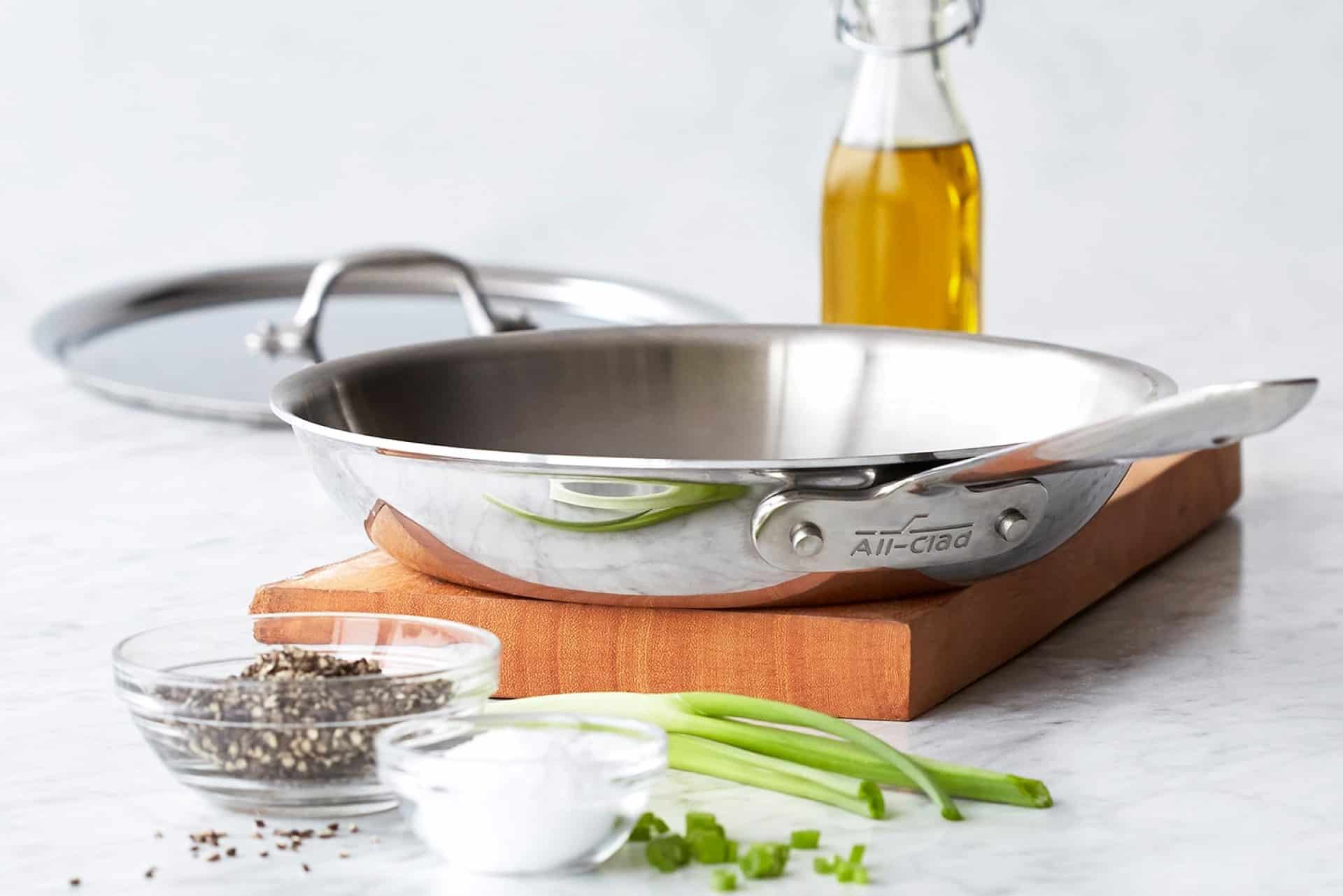Decisions, decisions.


A stainless steel pan is a staple in most kitchens, used by home cooks and professional chefs alike. And while they’re well-loved for their durability, even heat distribution and versatility, stainless steel pans do have a bit of a learning curve, particularly when it comes to preventing food from sticking.
A notoriously tricky food to cook in a stainless steel pan? Eggs!
The primary issue when cooking eggs in a stainless steel pan is the tendency for the eggs to stick to the pan’s surface. However, with proper preparation, technique and some patience, you’ll be able to enjoy the benefits of stainless steel cookware while still creating delicious, perfectly cooked eggs every time.
Follow these tips and tricks to master the process of cooking eggs in your stainless steel pan at home.
Hungry for more? Explore our cooking classes to learn tips & tricks from our resident chefs.
The first step to cooking the perfect egg in a stainless steel pan is to choose the right size pan.
A pan that is too large or too small can make it difficult to cook the eggs evenly. A good rule of thumb is to use a pan that is about 8 to 10 inches in diameter for one to two eggs.
Next, preheat the pan before adding the eggs.
Place the pan on medium heat and allow it to heat up for a few minutes. You can test the heat by splashing a few drops of water onto the pan. If the water “dances” across the pan, sizzles and beads up, the pan is ready. This is known as the Leidenfrost Effect.
However, be careful that the pan doesn’t become too hot. If the water immediately separates into tiny beads, it means you need to lower the heat and let the pan cool off.
Preheating a stainless steel pan is an important step to making it more nonstick because it allows the pan to heat evenly and create a thin layer of heat-treated oil on the surface. This process helps to fill the small pores and imperfections on the surface of the pan, creating a smoother and more nonstick surface.
Once the pan is hot, add a small amount of oil or butter to the pan. This will help prevent the eggs from sticking to the pan.
You can use any type of oil or butter, but it’s best to use a high smoke point oil like avocado oil or ghee. You only need a small amount, enough for a thin layer to coat the bottom of the pan.
Cracking the egg into a bowl makes it easier to add the egg to the pan without breaking the yolk—plus, it keeps the whites from spreading out too quickly. This will also allow you to fish out any shells before cooking.
Once the fat is shimmering, reduce the heat to low. This will help ensure that the egg cooks gently and evenly.
Next, hold the bowl close to the pan’s surface and carefully slide the egg onto the pan. Avoid dropping the egg from a height, as this may cause the yolk to break or the egg whites to spread too much.
Once the eggs are in the pan, you can add a pinch of salt, pepper or seasoning. Let them cook for a few minutes without disturbing them. Depending on the type of eggs you want, cooking times will vary:
Want to know how to get perfect eggs, every time? Check out our handy guide on 8 ways to cook eggs with tips from our resident chefs!
If you want to flip the eggs to cook the other side, you can use a turner to carefully flip them over. This can be a bit tricky, so be gentle when flipping the eggs to avoid breaking the yolks.
The type of turner you use can make a big difference, and you’ll want one that is gentle enough to handle the delicate texture of the egg without breaking the yolk. A few types of spatulas that work well on stainless steel pans include:
Once the eggs are cooked to your liking, you can remove them from the pan. If the egg appears to be sticking to the pan, gently slide a thin, flexible spatula under the egg to release it (this is when the fish spatula is especially handy!). Be patient and avoid using force, as it may cause the yolk to break.
Serve your eggs alongside your favorite breakfast staples like pancakes and waffles or even classic or candied bacon.
Hungry for more? Explore our cooking classes to learn tips & tricks from our resident chefs.
JOIN THE CONVERSATION